In my office, I’ve got a very small shelf that I affectionately call the best books that I never reviewed. Why didn’t I review them? Sometimes my schedule just got too busy, the new release got to be not so new or I just completely forgot. The Constitution Decoded: A Guide to the Document That Shapes Our Nation by Katie Kennedy is one of the books on that shelf. This is a reference book that presents the Constitution of the United States of America in a way that makes it entertaining and teachable, without diluting the content or presenting it in an intimidating manner. The Presidents Decoded: A Guide to the Leaders Who Shaped Our Nation is cut from the same cloth and delivers similar, but not an identical level of enjoyment.
Nevermind the education, it can beHow It Happened! Gum, infectious non-fiction for ages 8-12
Children’s non-fiction book are useless unless they are read by children. It can be a great book all day long, but if younger readers don’t jump in the pool it’s merely an exercise in publishing. How It Happened! is a series of non-fiction books created by WonderLap Group. They take a common subject that kids are interested and give it the “Nat Geo Kids” treatment. That’s the way in which books look engaging to those elementary ages by offering up colored pages, a wide variety of illustrations and photographs, big print and text that takes their hands and makes reading fun.
Elementary school kids, resistance is futileEl Dia Del Agua, un libro para estudiantes aprendiendo Espanol
When learning another language, full immersion is the absolute best way to do so, if that’s an option. Depending on your age it certainly can be more confusing, but the results will happen quicker, once your brain stops trying to fight the process. This is where children’s books in a second language can be a very important learning tool. El Dia Del Agua is an illustrated book that exemplifies that fact. It’s 100% in Spanish and provides Spanish language learners the opportunity to practice their pronunciation, inferential clues, and grammar.
An illustrated book for spanish speakers, a language helper for those studying itHow Old Is A Whale? soft, story-driven STEM on age for those 6 and up
Lily Murray got the memo. That’s the memo that states that the best way to get reluctant readers is to ask a question. How Old Is A Whale? Animal Life Spans From the Mayfly to the Immortal Jellyfish starts with a question that kids might never have asked, but asks it anyway. It’s the same Pavlovian instinct that kicks in when someone gently tosses a ball at you. You don’t actively want to catch or throw something, but you’ll catch the ball. How Old Is A Whale? I don’t know. I don’t care, I’ve never thought about it, but now that the book has asked me, I’m curious. A whale must have an interesting age scale because the book has thrown the question my way, so let’s see.
Ask the question, you know that you want toPlease Don’t Bite Me!, smart text and timeless art serves up insects right
There are some books and some publishers that are impossible to resist for elementary school readers. These are the types of books that operate like a friendly, education-based Venus Flytrap. Kids will open the book to any page, be curious or entertained about what they see, and then thumb forward or backward to dig into more of the book. The book’s title, Please Don’t Bite Me! also entices kids to open it up. Instead of asking a question, it posits something in the form of a statement. What could be biting me? It’ll probably hurt, I sure hope this thing doesn’t bite me. Is this biting thing something that’s poisonous?

Meet the Megafauna!, massive gatefolds with big critters
The biggest and smallest are the population of most elementary school essays. Meet the Megafauna! is the sort of illustrated book that feeds the soul of elementary school students that attracted to extremes. Most of the time it will be boys who want to read about the biggest, extinct creature and then proceed to do a three-minute report on them to class. There are other ways for educators to use Meet the Megafauna!, but they do require a bit more panache.
Big animals are cool and don’t have to be dinosaurs to qualifyWhat’s Wild Outside Your Door?, mature, nature illustrated 411 for 8 and up
I taught fifth-grade science for a bit one year and the content in What’s Wild Outside Your Door? is cut from the same cloth as many of those lessons. There’s a paragraph about the food web. That particular paragraph is exactly on the level as to what fifth-graders will learn about it. When you, or your young student are looking at What’s Wild Outside Your Door? the 500-pound gorilla that you might be subconsciously thinking about is Nat Geo Kids. All of those books, as well as, this book are non-fiction books that also have their circular feet in the vein diagram of reference books. This book is by Peter Wohlleben, who has written several other children’s non-fiction, reference books that operate on a different plane than their more well-known counterparts. So what is the difference?
Smart kids will get it. Be smart kids, get it.Investigators: All Tide Up, the seventh in the series shows no signs of age
As an adult, I know better than to laugh at repeated uses of puns. It’s the low end of the bad-dad joke pool. I know that some would say that’s an impossibility, but there’s a distinct difference between puns and dad jokes, plus billiards is a highly underappreciated sport. Investigators is a go-to series of all-age graphic novels and the seventh entry in it is All Tide Up. This series of graphic novels breaks the fourth wall, is loaded to the brim with puns, has colors that immediately give it a ‘classic’ vibe, and still maintains one of the highest laugh-to-page ratios that readers will encounter.
Here be puns, and lots of humor to be had for ages 8 and up
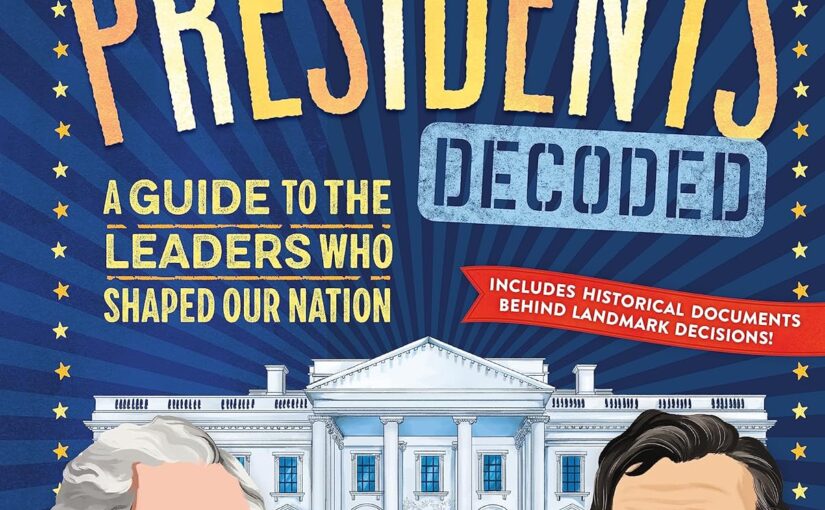
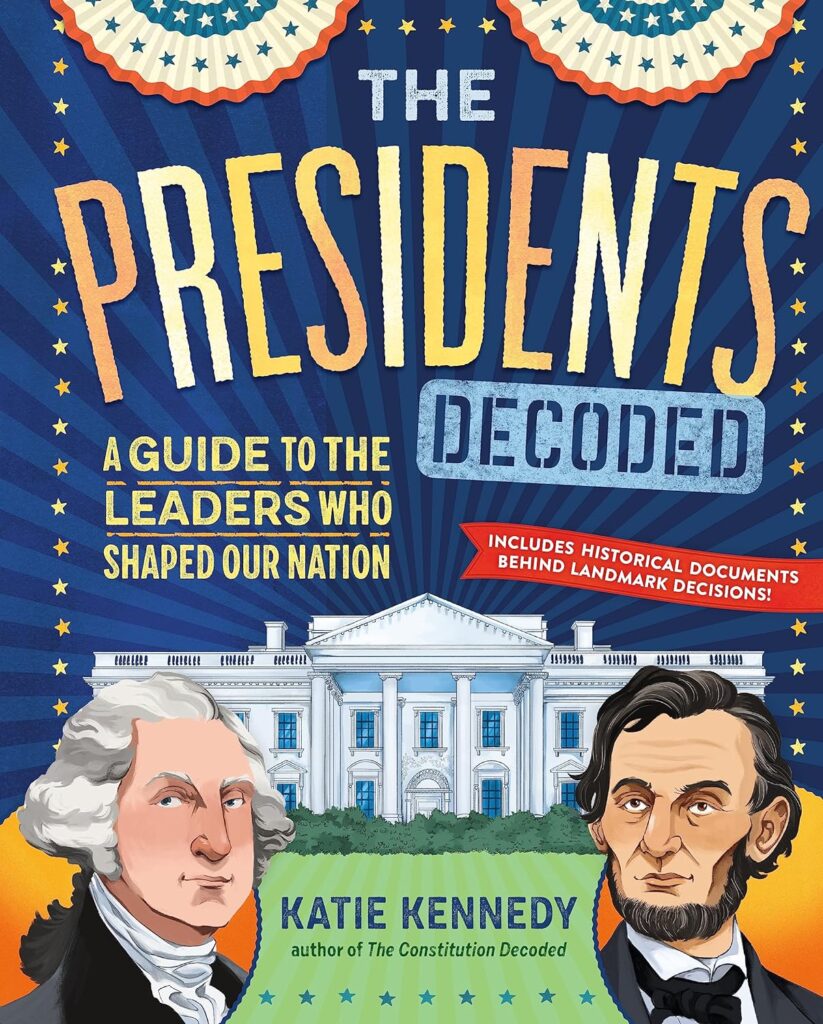

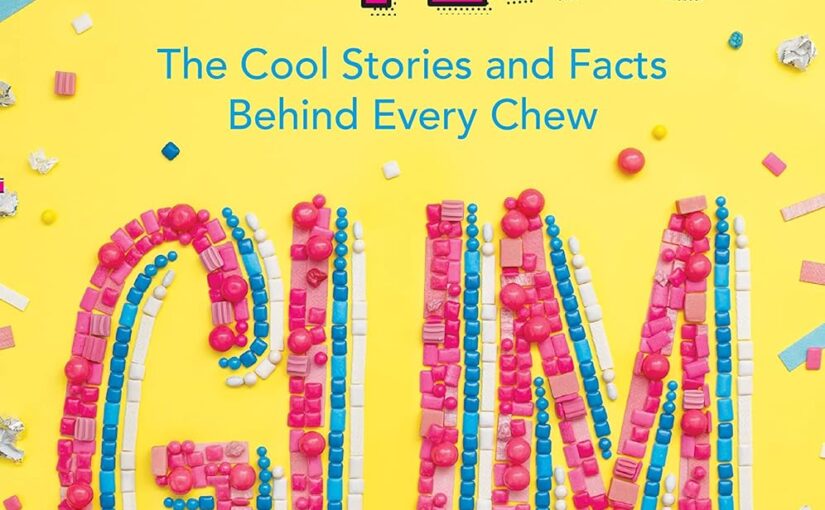
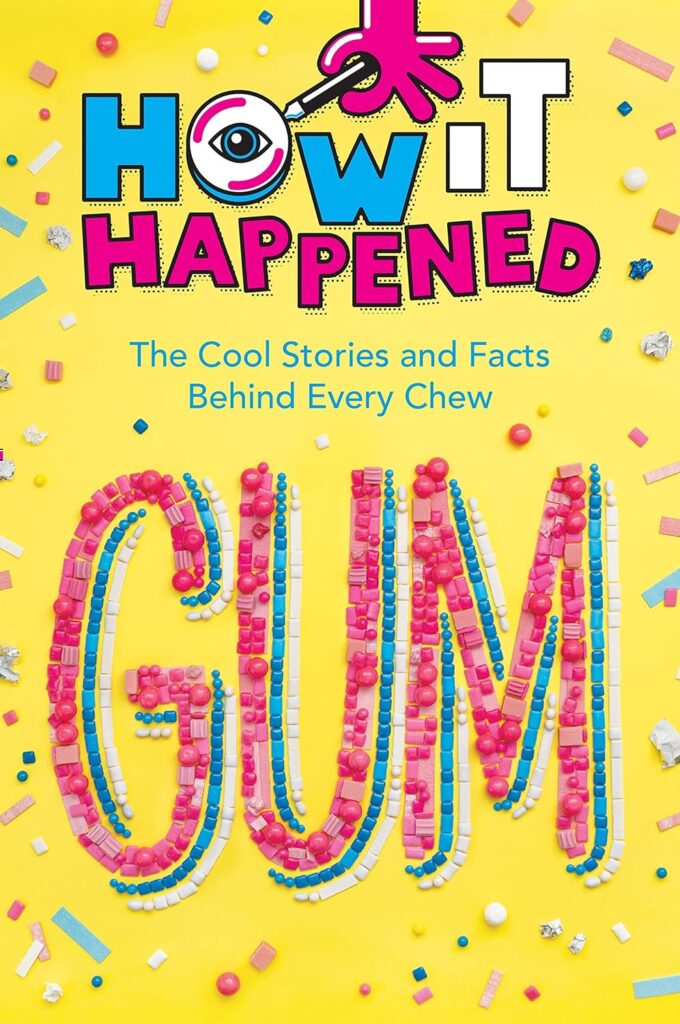
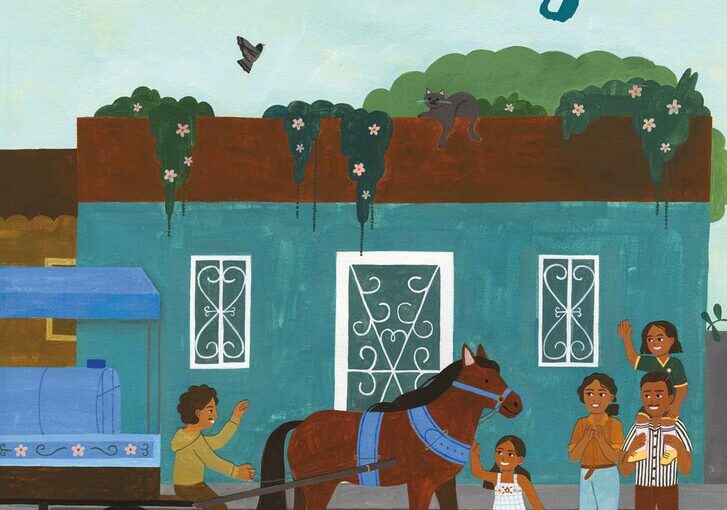
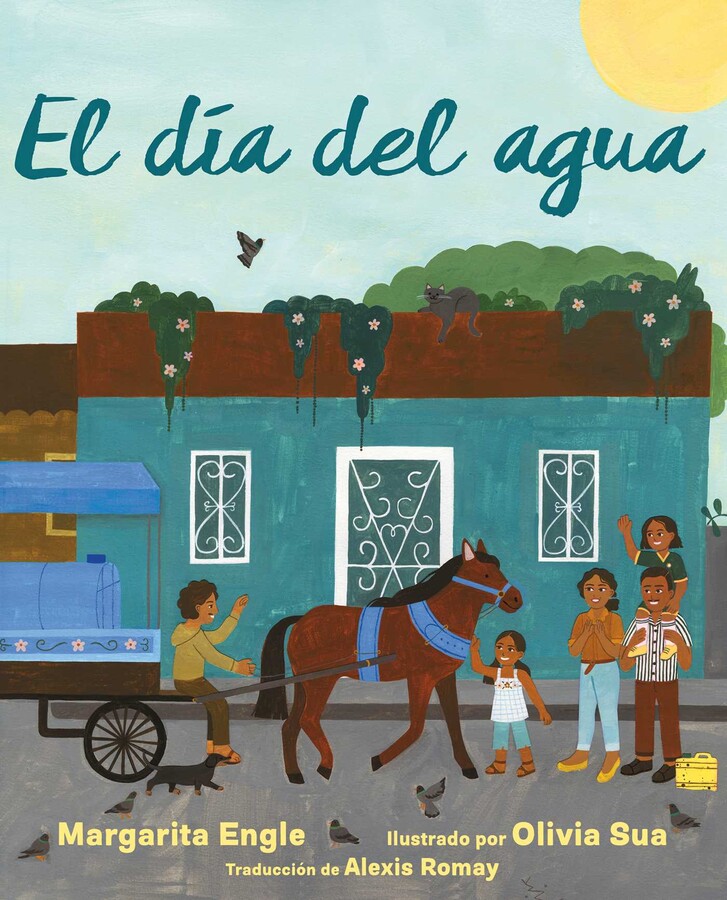
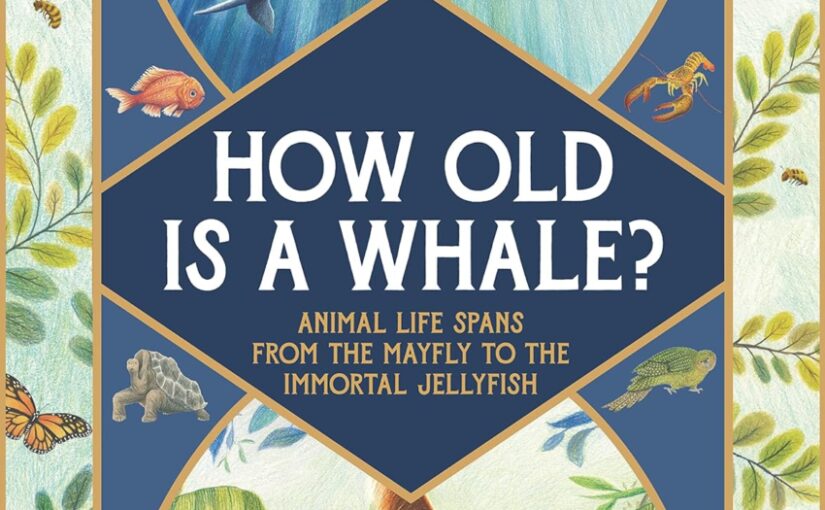
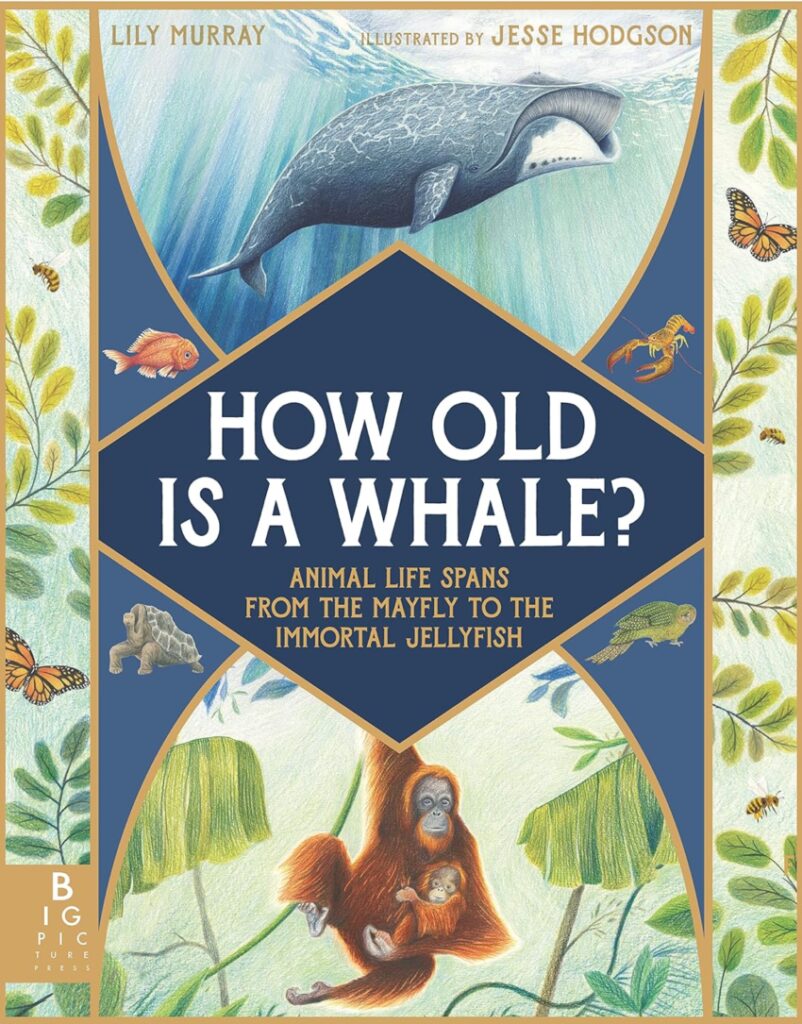
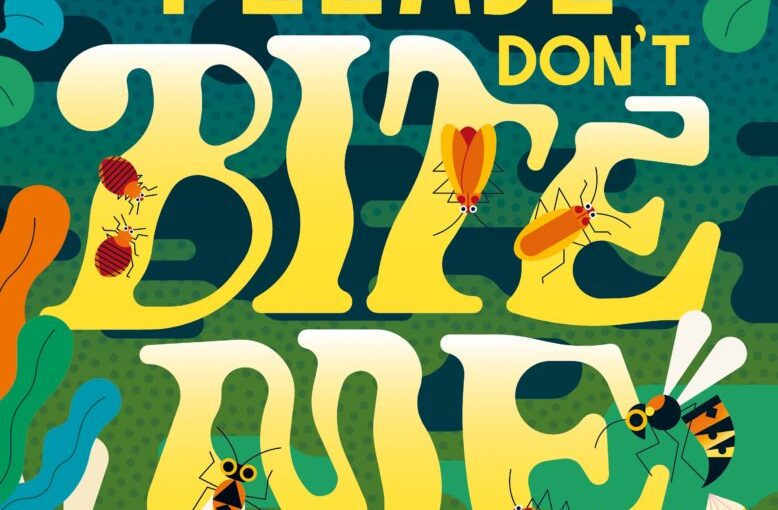
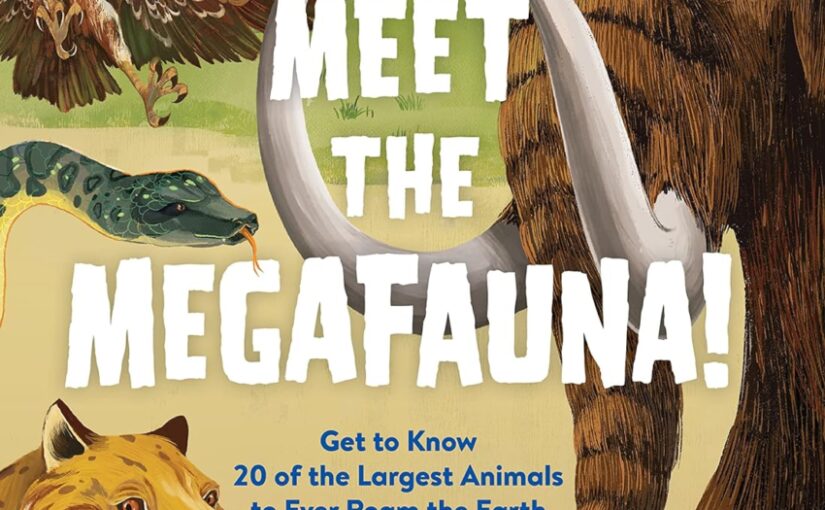

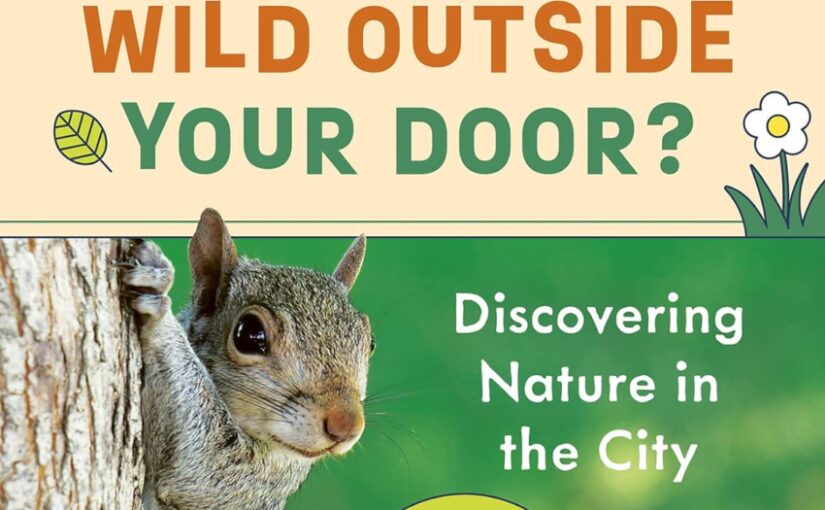
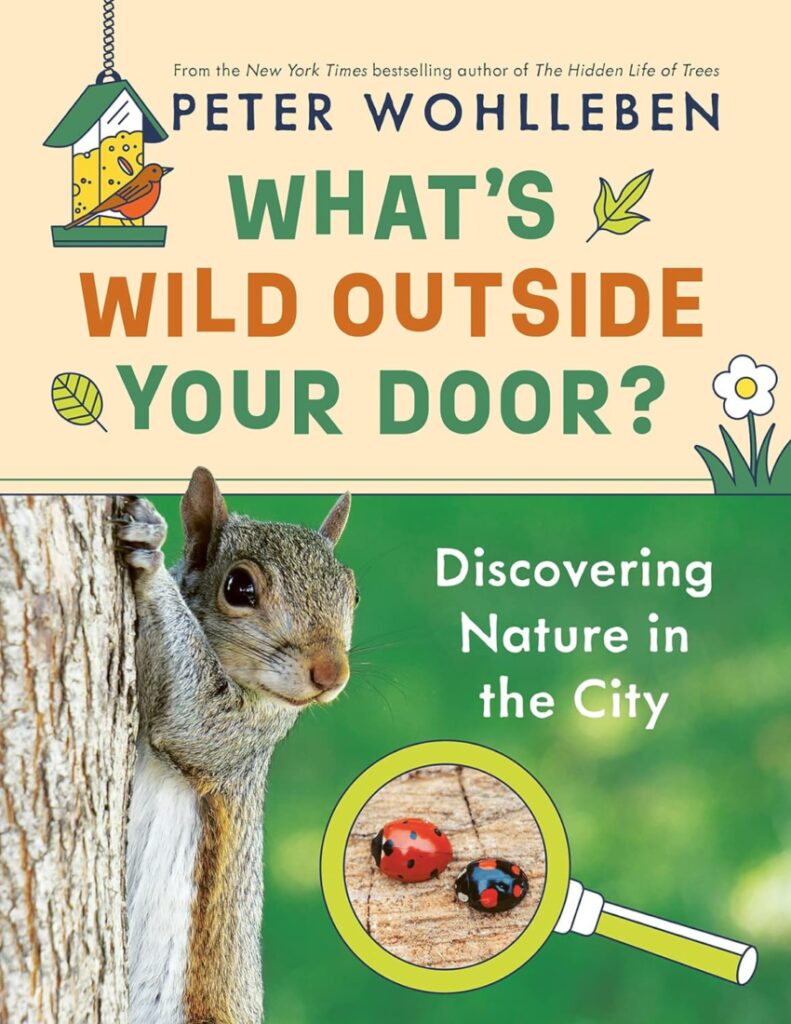
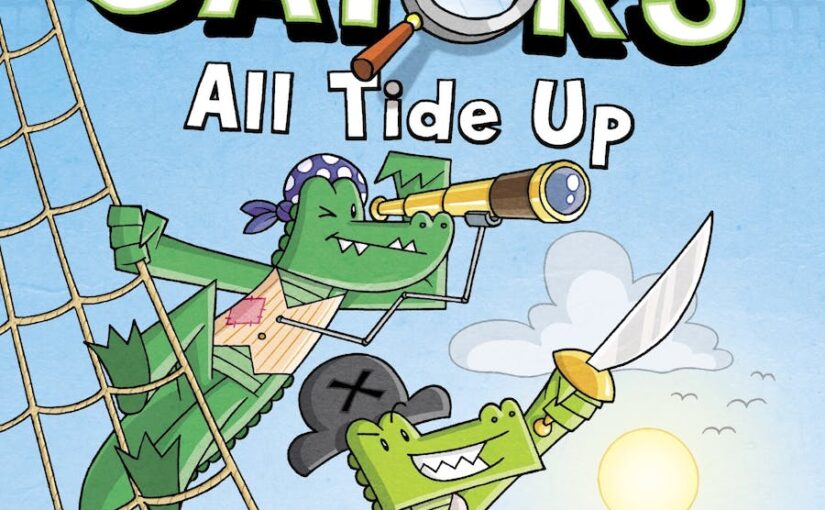
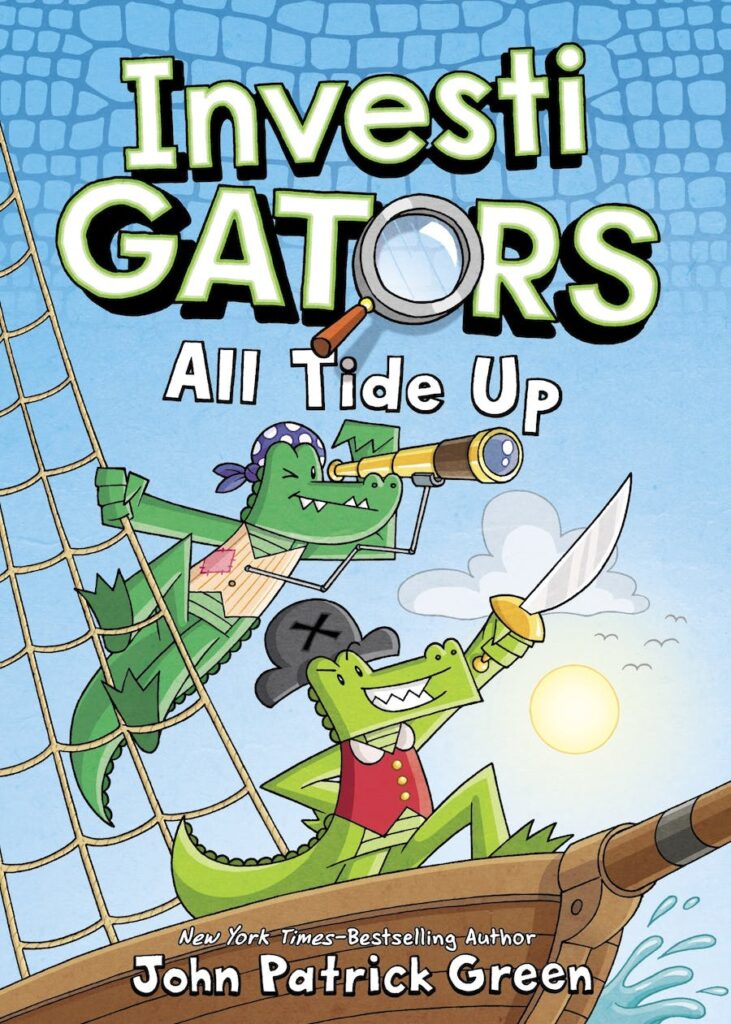


 Facebook
Facebook Twitter
Twitter Flickr
Flickr GooglePlus
GooglePlus Youtube
Youtube